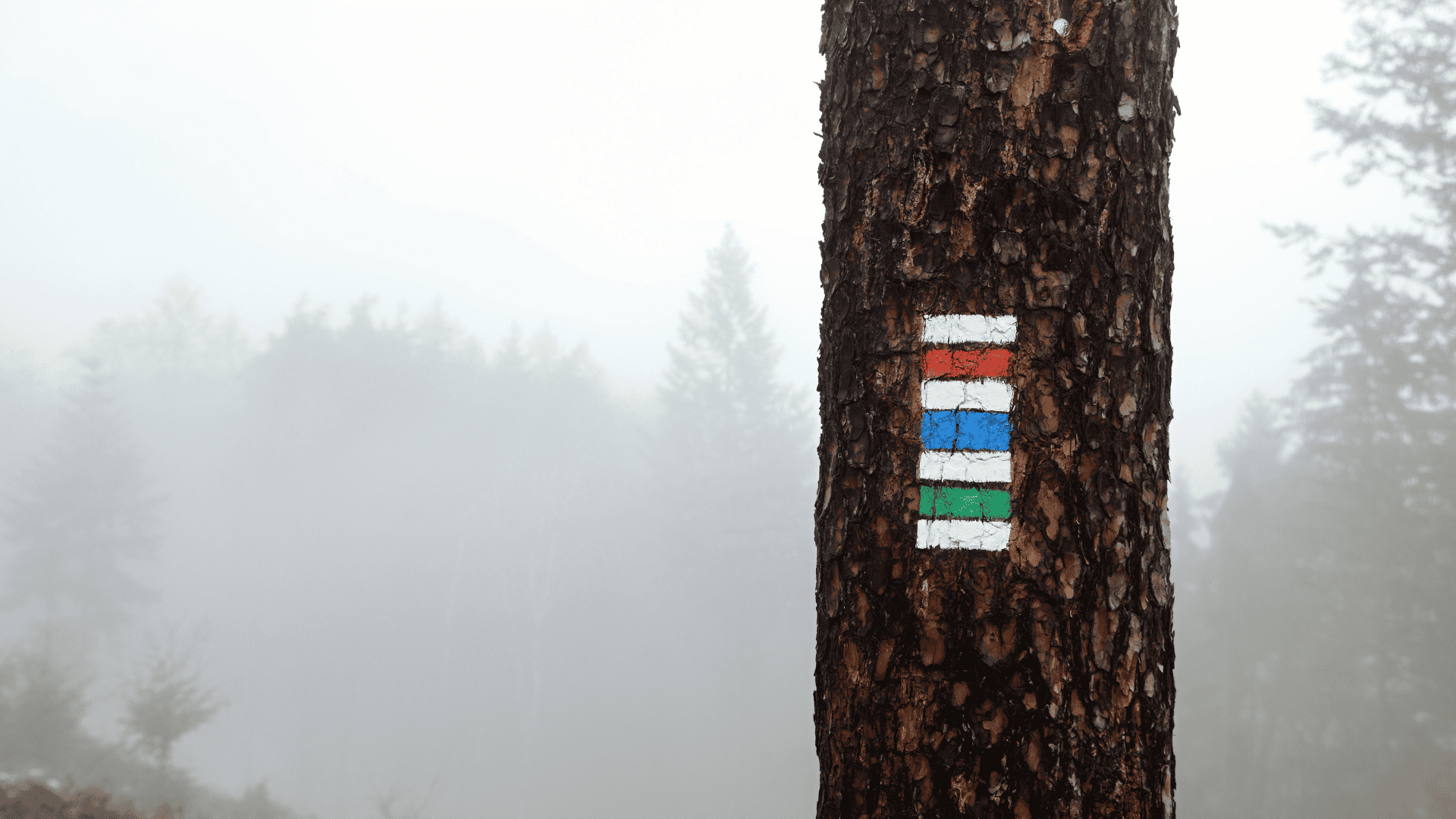3rd trail: Apartments As Queer Gathering Places

From the Pride Vilage to the Pride Cafe
TRAIL MAP in mapy.cz
1. KARÁSKOVA GALERIE A KNIHOVNA/ KARÁSEK’S GALLERY AND LIBRARY — Újezd 450/4
In the 1925 opening of Tyrš’s house (formerly Michnov’s palace), Jiří Karásek ze Lvovic’s gallery launched as Prague’s biggest modern art exhibit. Karásek dreamt of a Slavic gallery as cultural unity. Polish artist Wlastimil Hofman contributed homoerotic works featuring Ganymede, Endymion, and St. Sebastian. The gallery also included a public library with homofilian literature — think Plato, Sappho, Freud. Karásek hosted creative salons in the space. Though his collection was later absorbed by the Literature Memorial, it remains a symbol of queer cultural vision.
2. BYT VÁCLAVA KRŠKY / VÁCLAV KRŠKA’S APARTMENT — Prokopská 295/6
In 1940, filmmaker and novelist Václav Krška (1900–1969) moved here with his housekeeper; his partner Jarka Beránek joined post-war. Krška’s homoerotic novels (e.g., Boy with Goats’ Legs, Dionysus with a Rose) and films like Silver Wind celebrated youthful beauty and supported Cupák’s career despite his sexuality. This flat functioned as an invitation‑only salon. A witness recalled: “You had to be invited. There wasn’t a fixed schedule — just come by for coffee. We were considered an inferior race, so nobody cared.” Drag artist Sonáta (Ota Tasinato) made her debut here.
3. BYT EDUARDA KOHOUTA / EDUARD KOHOUT’S APARTMENT — Na Kampě 512/11
From 1930, actor Eduard Kohout (1889–1976) lived here — nicknamed the “Prince of Actors from Kampa.” He socialized with Krška and Cupák, frequenting the Karlovy Baths and salon circles. Actor Vladimír Marek remembered meeting him: “Edáček said to me, ‘My romantic draperies.’” In the ’40s, Kohout collaborated with Krška on films with clear homoerotic subtext (Night Butterfly, Boys on the River), becoming a quiet icon for young gay men — carrying tales from the theater’s backstage.
4. BYT RENÉHO GROMWELLA / RENÉ GROMWELL’S APARTMENT — Kořenského 1107/15
In 1935, Brno-born drag artist Albín Pleva (stage name René Gromwell) lived here at age 23. Praised in Hlas for his art: “An artist like René, a dancer whose art is currency, uses costumes typical on stage.” Offstage, he wore women’s clothes, including prosthetic breasts, performed across Czechoslovakia, and faced police surveillance. Arrested in 1936 in Ostrava as Greta Teimerová, he reportedly said: “Wealthy homosexual gentlemen are displeased to go to hotels with young men, so they dress as women.” During occupation, Pleva was twice interned in labor camps (Hodonín and Lety) for livelihood and frequent relocation.
5. VINÁRNA U MIKULÁŠE DAČICKÉHO / MIKULÁŠ DAČICKÝ’S WINE BAR — Viktora Huga 14/2
This mostly straight wine bar (still running today) hosted travesti parties in the ’80s, led by Ota Košťál after leaving T‑Club. A witness in Men in High Heels recalled: “It was the first place where guys could dance together,” with informal parties by the Circus and Variety Prague. The bar was extravagantly decked out — a “flower ball” featuring bouquets from the botanical institute, or “Meet in Space,” inspired by Czechoslovakia’s first and only cosmonaut, Vladimír Remek. “Performers sat among people, then got up and performed. They’d shot some cocaine or something. It was amazing.” Drag artist Lady Peachfordová remembers: “We did it to entertain people, but we had a blast ourselves.”
Seidl, Jan, et. al. Teplá Praha: Průvodce po queer historii hlavního města 1380–2000. Compiled by Ladislav Jackson, Společnost pro queer paměť, Brno 2014.
